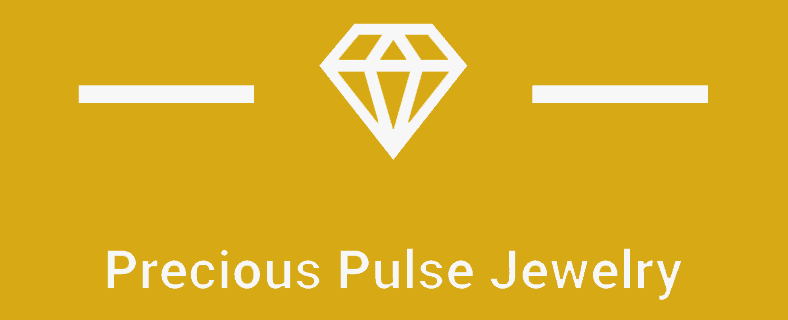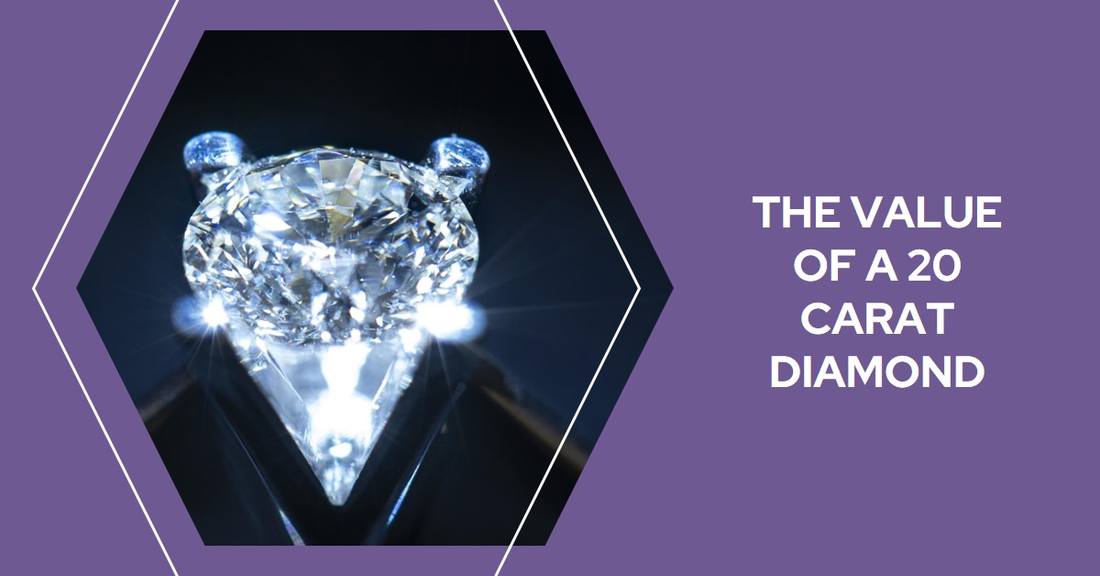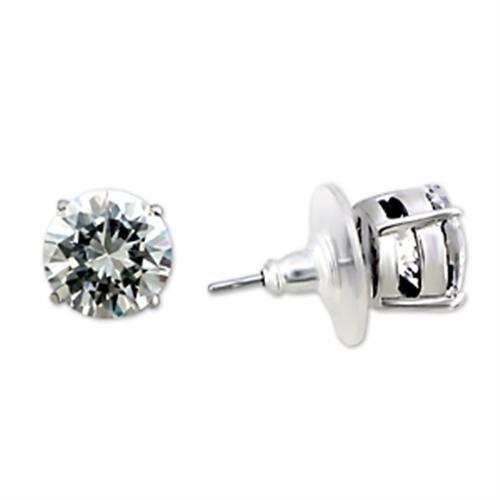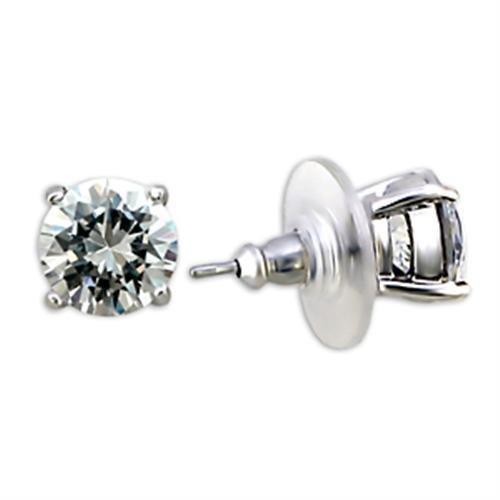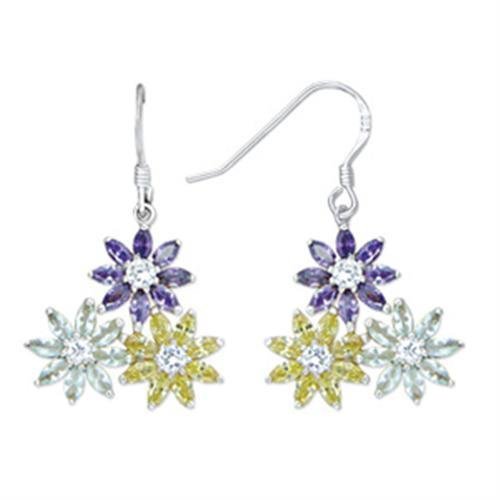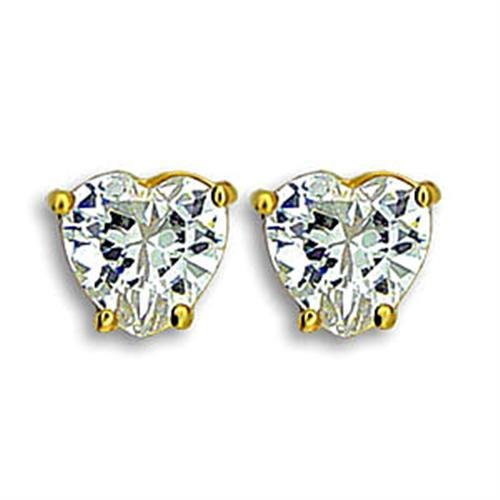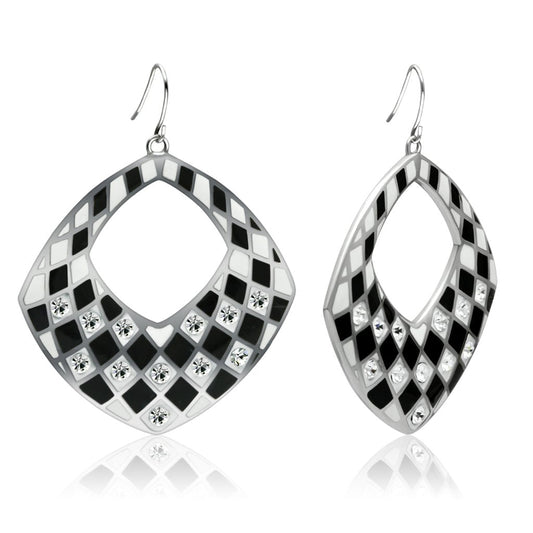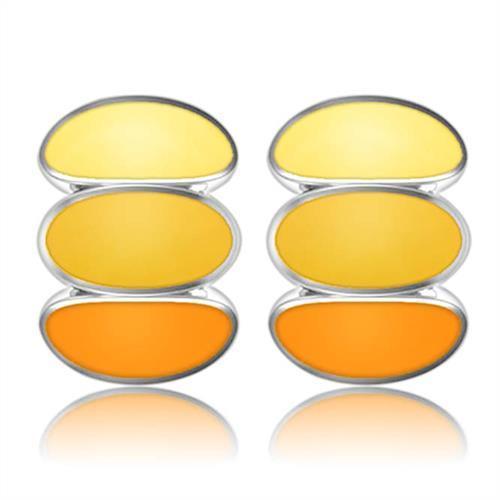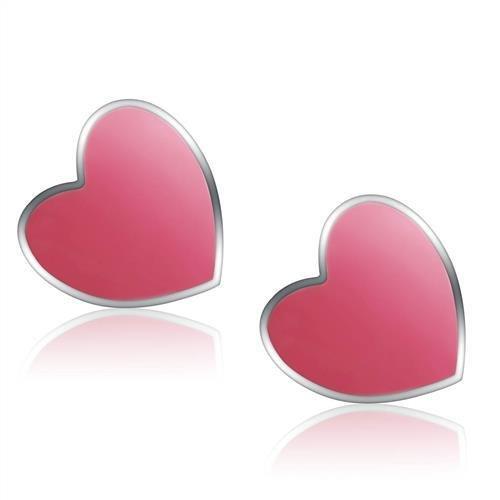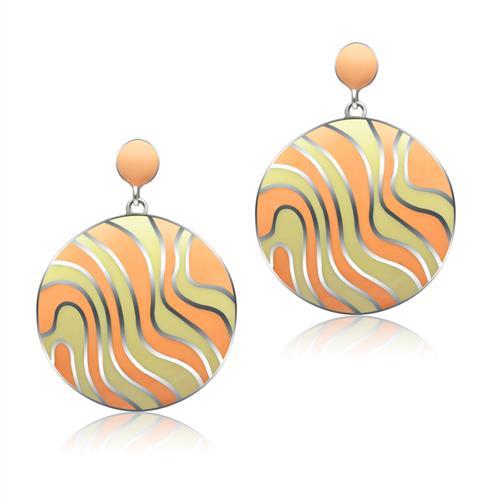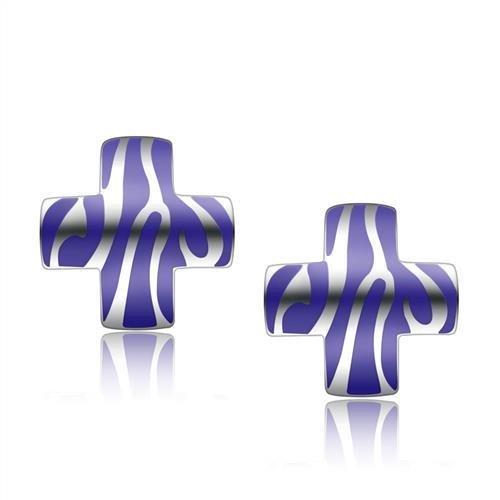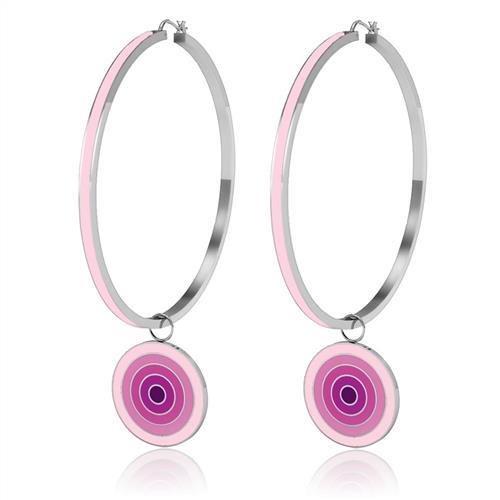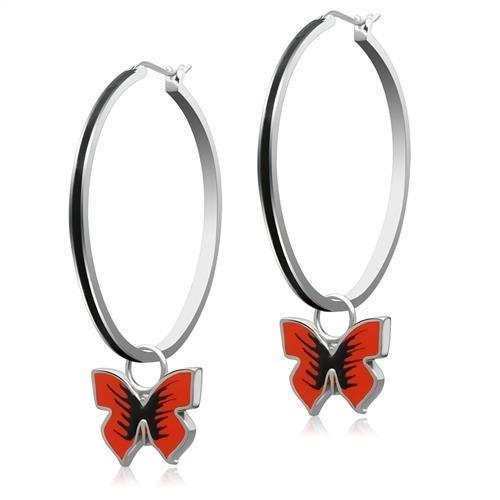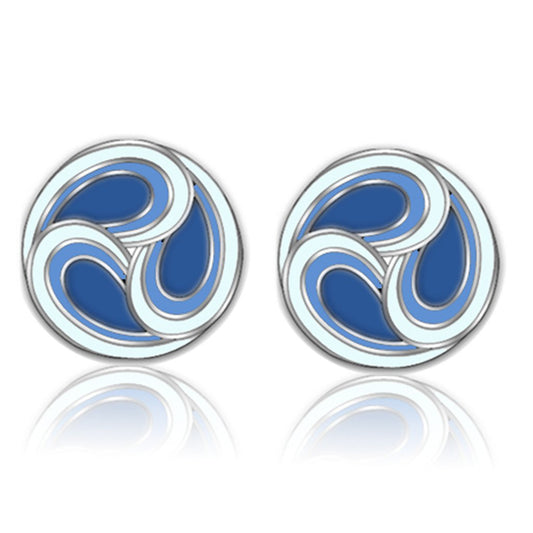Understanding the value of a 20-carat diamond involves multiple factors, from the four Cs (carat, cut, color, and clarity) to market trends and historical prices. In this article, we'll delve into what determines the price of such a significant gemstone, and explore various aspects of diamond valuation and purchasing.
Table of Contents
- Introduction
- The Basics of Diamond Valuation
- Market Trends and Historical Prices
- The Role of Certification
- Influencing Factors Beyond the 4 Cs
- Practical Tips for Purchasing a High-Value Diamond
- The Influence of Diamond Accessories
- Understanding Diamond Pricing Factors
- The Diamond Resale Market
- Tips for Maintaining Diamond Value
- Impact of Global Diamond Industry Standards
- Future Trends in the Diamond Market
- Conclusion
-
FAQ
- 1. What factors specifically influence the price of a 20-carat diamond?
- 2. How does diamond fluorescence affect the value of a 20-carat diamond?
- 3. Are lab-grown 20-carat diamonds significantly cheaper than natural diamonds?
- 4. How can I ensure the authenticity of a 20-carat diamond?
- 5. What are the typical uses for a 20-carat diamond?
- 6. How does the shape of a 20-carat diamond influence its price?
- 7. Can 20-carat diamonds be used in custom jewelry designs?
- 8. What is the process for selling a 20-carat diamond?
- 9. Are there historical examples of famous 20-carat diamonds?
- 10. How does diamond certification impact the price and value of a 20-carat diamond?
Introduction
A 20-carat diamond is an extraordinary gemstone, often associated with opulence and luxury. Its worth can be influenced by several factors, including the diamond's quality and market conditions. Let's explore these aspects in detail.
The Basics of Diamond Valuation
The 4 Cs of Diamonds
When assessing the value of a diamond, the 4 Cs—carat weight, cut, color, and clarity—are crucial. Each of these factors plays a significant role in determining the overall price.
- Carat Weight: This refers to the size of the diamond. Larger diamonds are rarer and generally more valuable.
- Cut: The quality of the diamond's cut affects its brilliance and sparkle. Premium cuts include round brilliant, oval, and emerald.
- Color: Diamonds are graded on a scale from D (colorless) to Z (light color). The less color a diamond has, the higher its value.
- Clarity: This measures the presence of internal or external flaws. Diamonds with fewer imperfections are more valuable.
Diamond Shapes and Their Impact on Value
Different diamond shapes, such as round, oval, and emerald, can affect the price. The round brilliant cut is particularly popular due to its exceptional sparkle.
“The shape and cut quality significantly impact a diamond's brilliance and, consequently, its value.”
Market Trends and Historical Prices
Understanding Market Pricing
The diamond market is influenced by supply and demand, economic conditions, and fashion trends. Premium diamonds often maintain their value or appreciate over time, making them a good investment.
Historical Diamond Prices
Looking at historical diamond prices can provide insight into market trends and potential future values. For example, diamonds from the Victorian or Art Deco eras often carry a higher price due to their historical significance.
The Role of Certification
Importance of Diamond Certification
Certifications from reputable organizations like the Gemological Institute of America (GIA) are crucial for determining a diamond's value. A GIA certificate provides a detailed analysis of the diamond's characteristics.
GIA Certificate
A GIA certificate ensures that the diamond has been assessed by experts and meets industry standards. This is especially important for high-value diamonds, such as a 20-carat stone.
Influencing Factors Beyond the 4 Cs
Fluorescence and Its Effect
Diamond fluorescence can impact value. While some buyers prefer diamonds without fluorescence, others may find it adds a unique quality to the gemstone.
Diamond Imperfections
The presence of inclusions or blemishes can reduce a diamond's value. High clarity grades, such as VVS1 or IF, indicate fewer imperfections.
“A flawless, colorless 20-carat diamond represents the pinnacle of luxury and exclusivity in the diamond market.”
Practical Tips for Purchasing a High-Value Diamond
Diamond Buying Guide
When purchasing a diamond, especially one as significant as a 20-carat stone, it’s essential to be well-informed. Consider the following tips:
- Verify Certification: Always ensure the diamond comes with a certification from a reputable body like the GIA.
- Compare Prices: Use tools like the Rapaport Diamond Price List and diamond price calculators to compare prices.
- Consult Experts: Seek advice from diamond valuation services or trusted diamond retailers to make an informed decision.
Online Diamond Purchase
Buying diamonds online has become increasingly popular. Online retailers often offer a broader selection and competitive prices. Ensure that the retailer provides detailed information and high-quality images of the diamond.
The Influence of Diamond Accessories
Enhancing the Value
Diamond accessories, such as settings and additional gemstones, can significantly enhance the value and appeal of a diamond ring. High-quality settings in metals like 18k gold or platinum are particularly desirable.
Popular Collections
Collections like LB Exclusive and Emilio! feature exquisite designs that can complement a 20-carat diamond, adding to its overall allure.
Understanding Diamond Pricing Factors
Price Per Carat
The price per carat increases exponentially with the size of the diamond. For example, a 20-carat diamond will have a much higher price per carat compared to smaller stones, reflecting its rarity.
Color and Clarity Grades
Higher color and clarity grades contribute significantly to a diamond’s value. For a 20-carat diamond, achieving high grades in both categories can place it in the premium pricing tier.
The Diamond Resale Market
Resale Value Considerations
When considering the purchase of a high-value diamond, it’s essential to think about its resale value. The resale market for diamonds can vary, with factors like the diamond’s condition, market demand, and economic conditions playing significant roles.
Trusted Diamond Retailers
Working with trusted diamond retailers can ensure that you get a fair price when reselling a diamond. These retailers often provide appraisal services and have established reputations that can help facilitate a smooth resale process.
Diamond Valuation Services
Professional valuation services can provide an accurate assessment of a diamond’s worth. These services take into account current market trends and the specific attributes of the diamond, ensuring that you receive a fair and comprehensive evaluation.
Tips for Maintaining Diamond Value
Proper Care and Maintenance
Maintaining a diamond’s value requires proper care and handling. Regular cleaning and careful storage can prevent damage and preserve the diamond’s brilliance and clarity.
Regular Appraisals
Regular appraisals can help keep track of a diamond’s value over time. This is especially important for insurance purposes and to stay informed about market changes that could affect the diamond’s worth.
Diamond Insurance
Insuring high-value diamonds is a prudent step. Insurance provides protection against loss, theft, or damage, ensuring that your investment is safeguarded.
Impact of Global Diamond Industry Standards
Industry Standards and Certification
Global standards, such as those set by the GIA, play a crucial role in the diamond market. These standards ensure consistency and reliability in diamond grading, helping buyers make informed decisions.
The Rapaport Diamond Price List
The Rapaport Diamond Price List is a widely recognized benchmark for diamond prices. It provides industry-standard pricing, helping buyers and sellers negotiate fair deals.
Diamond Trade and Market Trends
The diamond trade is influenced by global economic conditions, geopolitical factors, and consumer preferences. Staying informed about these trends can help buyers and investors make strategic decisions.
Future Trends in the Diamond Market
Lab-Grown Diamonds
Lab-grown diamonds are becoming increasingly popular due to their ethical and environmental benefits. These diamonds offer a more affordable alternative to natural diamonds without compromising on quality.
Sustainable and Ethical Practices
Consumers are increasingly valuing sustainability and ethical practices in the diamond industry. This trend is driving changes in how diamonds are sourced, processed, and marketed.
Technological Advancements
Advancements in technology are improving diamond cutting, grading, and valuation processes. These innovations are making high-quality diamonds more accessible to a broader audience.
Conclusion
Investing in a 20-carat diamond is a significant decision that involves understanding various factors, from the 4 Cs to market trends and certification standards. By considering these elements, buyers can ensure that they make informed and rewarding purchases.
Summary of Key Points
- 4 Cs of Diamonds: Carat weight, cut, color, and clarity are crucial in determining a diamond's value.
- Market Trends: Economic conditions and consumer preferences influence diamond prices.
- Certification: GIA certification ensures a diamond's quality and authenticity.
- Resale Value: Trusted retailers and valuation services help in securing a fair resale price.
- Maintenance: Proper care and regular appraisals maintain a diamond's value.
- Industry Standards: Global standards and price lists provide reliable benchmarks.
- Future Trends: Lab-grown diamonds and sustainable practices are shaping the industry.
By understanding these aspects, buyers can navigate the complex diamond market with confidence and make purchases that offer both beauty and value.
For a wide selection of high-quality diamond jewelry, explore our rings, bracelets, necklaces, and more at Precious Pulse Jewelry.
FAQ
1. What factors specifically influence the price of a 20-carat diamond?
The price of a 20-carat diamond is influenced by the 4 Cs (carat weight, cut, color, and clarity), market trends, historical significance, certification, and additional factors like fluorescence, diamond imperfections, and the type of setting used.
2. How does diamond fluorescence affect the value of a 20-carat diamond?
Fluorescence can either enhance or detract from a diamond’s value. While some buyers prefer diamonds without fluorescence, others appreciate the unique appearance it can give under certain lighting conditions. Generally, strong fluorescence in a colorless diamond might reduce its value.
3. Are lab-grown 20-carat diamonds significantly cheaper than natural diamonds?
Yes, lab-grown diamonds are typically more affordable than natural diamonds. The difference in price is due to the supply chain and production costs. Lab-grown diamonds can be 20-40% cheaper while offering similar quality.
4. How can I ensure the authenticity of a 20-carat diamond?
To ensure authenticity, purchase diamonds that come with certification from reputable organizations like the GIA. Additionally, buy from trusted and reputable diamond retailers who offer detailed information and transparency about their diamonds.
5. What are the typical uses for a 20-carat diamond?
A 20-carat diamond is often used in high-end jewelry pieces, such as engagement rings, statement necklaces, and luxury accessories. Due to its size and value, it is typically featured prominently in the design.
6. How does the shape of a 20-carat diamond influence its price?
The shape of a diamond affects its price due to differences in cutting and the diamond's ability to reflect light. Round brilliant cuts are generally the most expensive due to their high demand and cutting precision. Other shapes like oval, emerald, and unique vintage cuts also have varying prices.
7. Can 20-carat diamonds be used in custom jewelry designs?
Yes, 20-carat diamonds can be used in custom jewelry designs. Customization allows for unique settings and designs that highlight the diamond’s beauty. It’s essential to work with skilled jewelers who can handle such valuable gemstones.
8. What is the process for selling a 20-carat diamond?
Selling a 20-carat diamond involves getting it appraised by a professional, obtaining a certification (if not already certified), and finding a trusted retailer or auction house. It's advisable to research current market conditions to understand the potential resale value.
9. Are there historical examples of famous 20-carat diamonds?
Yes, there are several famous 20-carat diamonds, often seen in royal jewelry collections or high-profile auctions. These diamonds are usually well-documented and celebrated for their size, quality, and historical significance.
10. How does diamond certification impact the price and value of a 20-carat diamond?
Certification from reputable organizations like the GIA provides an accurate and standardized assessment of the diamond’s characteristics. This certification is crucial for establishing the diamond’s authenticity, quality, and value, significantly impacting its price and resale value.
